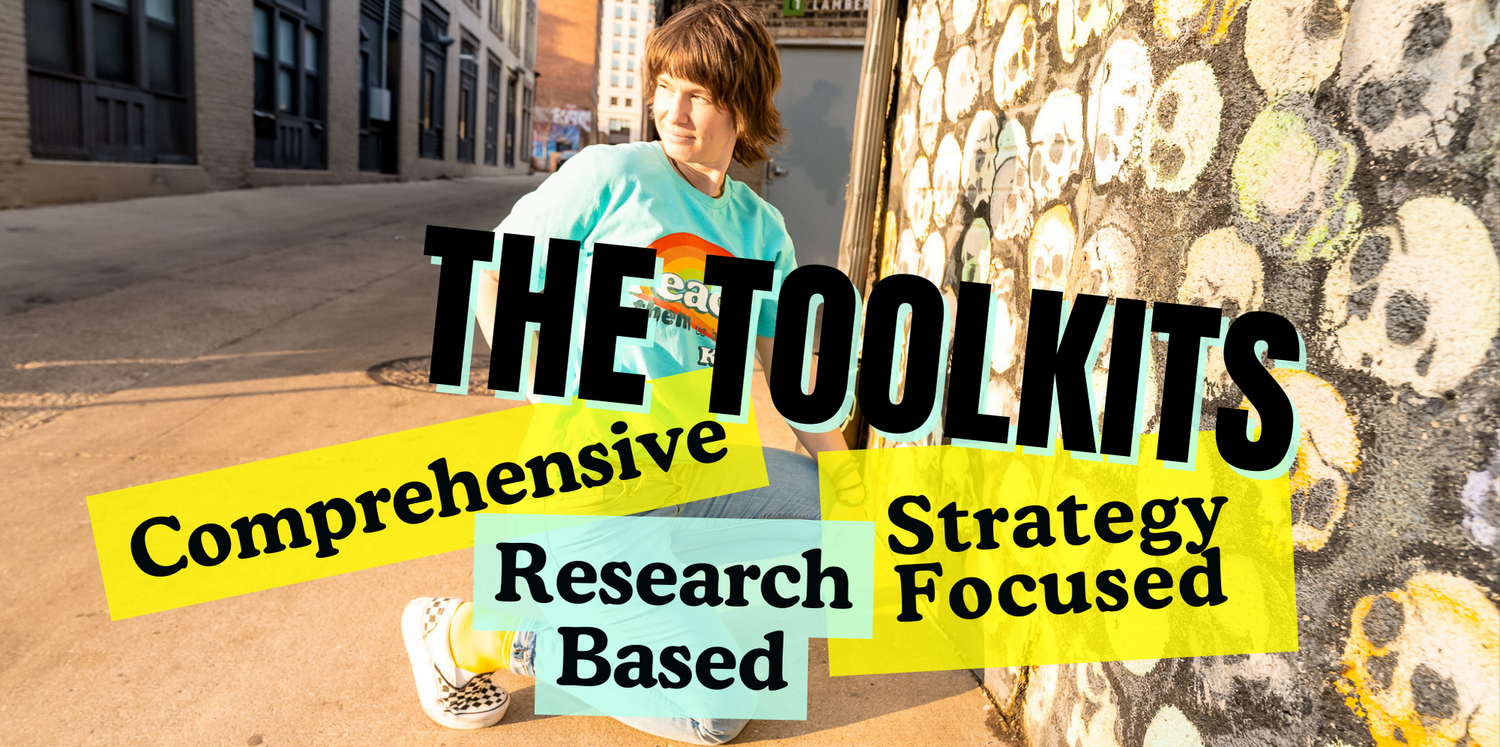
The Power of Habit Formation for Teachers- Part 2: Forming New, Positive Habits
Share
Part 2: Forming New, Positive Habits
For more information and a deeper understanding of how habits can transform classroom experiences check out the Meet the Needs Workshop Series HERE.
Understanding Habit Formation
Habits are automatic behaviors triggered by specific cues, repeated regularly until they become ingrained in our routine. For teachers, habits can manifest in various ways, from the way they structure their lessons to how they interact with students. The process of habit formation is rooted in a psychological pattern called the "habit loop," which consists of three main components:
- Cue: The trigger that initiates the behavior. This could be a specific time of day, an emotional state, or an environmental factor.
- Routine: The behavior itself, which is the habit you're trying to form or break.
- Reward: The positive reinforcement you receive from completing the behavior, which encourages repetition.
For example, a teacher might develop the habit of checking their email first thing in the morning (cue) because it gives them a sense of control over their day (reward). Over time, this becomes an automatic routine.
While breaking bad habits is important, forming new, positive habits is equally crucial for teachers. Positive habits can enhance teaching effectiveness, improve student outcomes, and contribute to overall job satisfaction. Here’s how teachers can develop new habits that stick:
- Set Clear Goals: Define specific, measurable, and achievable goals that align with your desired habit. For instance, if you want to incorporate more technology into your lessons, set a goal to include one new tech tool in your lessons each week.
- Create a Routine: Consistency is key to habit formation. Establish a routine that integrates the new habit into your daily or weekly schedule. For example, if your goal is to provide timely feedback to students, allocate specific times each day for grading assignments.
- Use Positive Reinforcement: Reward yourself for sticking to your new habit. This could be something simple like treating yourself to a favorite snack after completing a task or taking a short break. Positive reinforcement helps reinforce the habit loop and makes it more likely that the behavior will stick.
- Reflect and Adjust: Regularly reflect on your progress and make adjustments as needed. If a particular strategy isn’t working, don’t be afraid to try something new. Reflection helps you stay on track and ensures that the habits you’re forming are genuinely beneficial.
- Leverage Habit Stacking: Habit stacking involves pairing a new habit with an existing one to make it easier to remember and implement. For example, if you already have a habit of drinking coffee in the morning, you could use this time to review your lesson plans for the day, thereby creating a new productive habit. To learn everything you need to know about habit stacking check out the Meet the Needs Workshop Series HERE.
Conclusion
Habit formation is a powerful tool for teachers looking to improve their professional practices and personal well-being. By breaking bad habits and forming new ones, teachers can enhance their effectiveness, foster a positive classroom environment, and achieve a better work-life balance. The process requires patience, persistence, and a willingness to reflect and adapt, but the long-term rewards are well worth the effort. As educators, embracing the science of habit formation can lead to more fulfilling and successful teaching careers, ultimately benefiting both teachers and their students.
To get a deeper understanding and strategies that help you create habits that stick check out the Meet the Needs Workshop Series HERE.







